Spring is here and most of us green fingered folk are thinking about what to grow over the year ahead. Our front and back gardens are very small; 3m x 3m in the front and 10m x 9m in the back. We don’t have a great deal of space so we try and do as much as we can with what we have. One of our biggest priorities is food for pollinators like bees (learn why this is important here) . If our plants can help them and be useful to us, even better.
Cornflowers
Where there are cornflowers, there are bees. Cornflowers will provide you with a continuous supply of cut flowers if you deadhead them occasionally. Scatter the seed around your other plants and before long you’ll have a sea of blue flowers. You can also buy pink, purple and white.
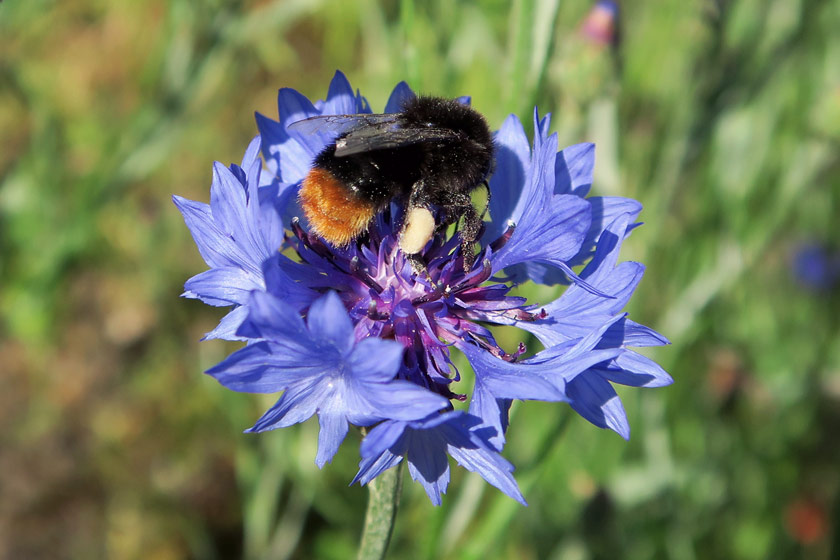
At the end of the season, save the seed for the following year.
Marjoram and Oregano
Delicious in soups and pasta. Bees can’t resist these flowers when the sun has warmed them up. They take everything they can from them, still visiting when they are almost completely dried up.
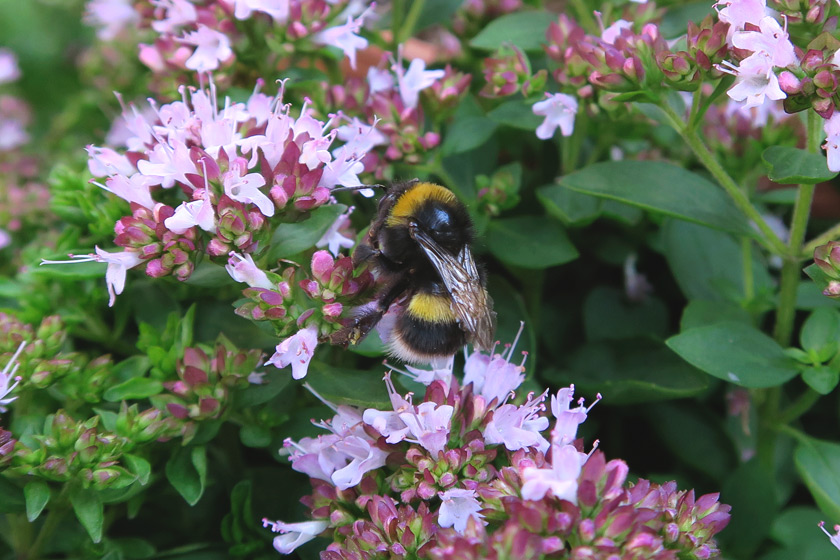
https://www.instagram.com/p/BIr55SshyQf/?taken-by=gemmagarner
Lavender
One of the most well know flowers for attracting bees. Prune it back hard each year to encourage more flowers to grow.
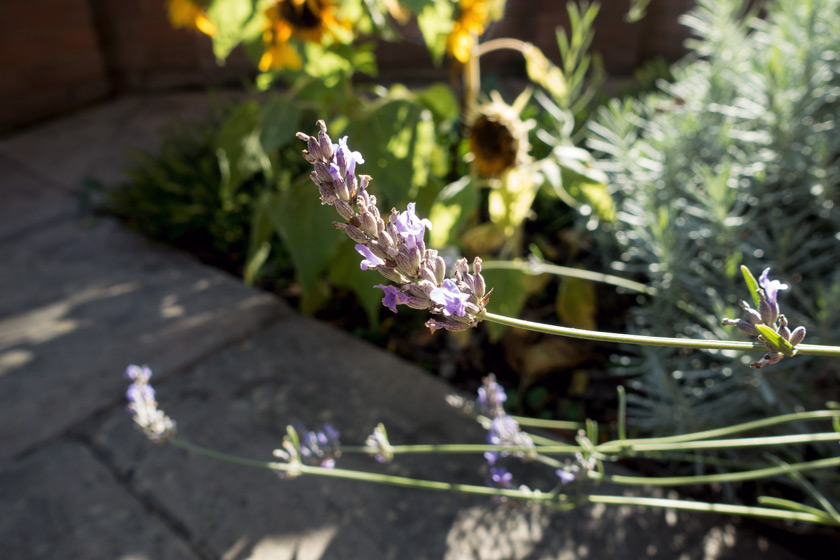
Winter flowering heather (early food)
Ours normally flower during Autumn, Winter and Spring. A good food source for the bees when few other plants are flowering.
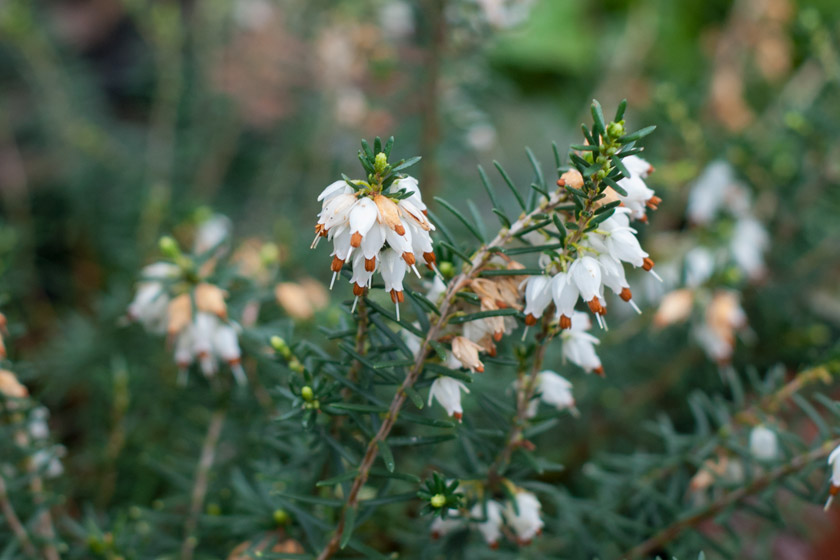
Cosmos
Scott’s grandparents gave us some cosmos one year and I’ve been hooked ever since. With regular dead heading, they’ll continue to flower until late Summer. One of my favourites — and they look great in a vase.
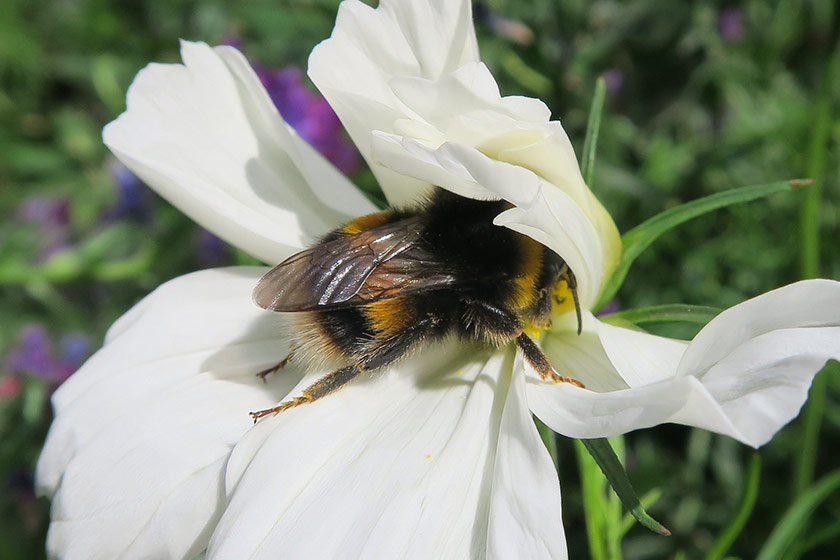
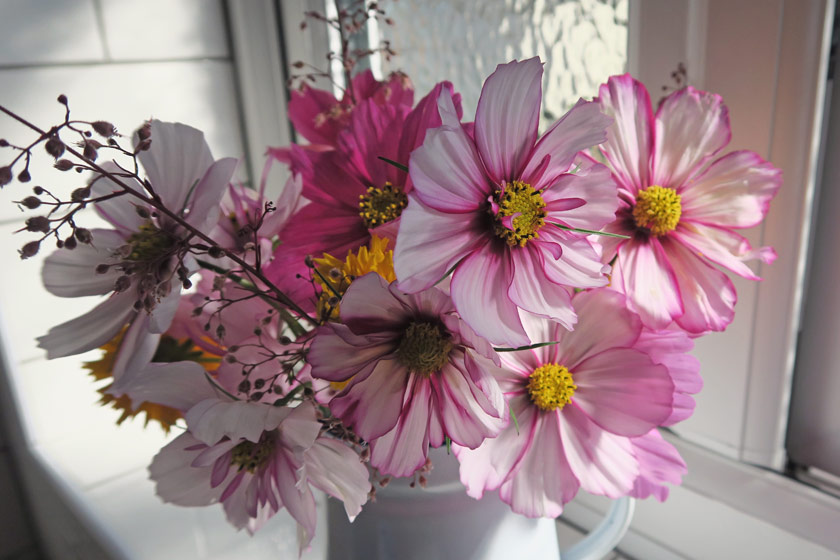
Dwarf sunflowers
Dwarf sunflowers are great for filling gaps between smaller plants and because they only grow a metre tall, they don’t look stupidly large. Pollinators like them best when the petals are starting to fade and the centre starts busting with pollen.

Echinacea
Another good plant for filling in gaps. Bees go nuts for these flowers; face planting into the cones and covering themselves in pollen.
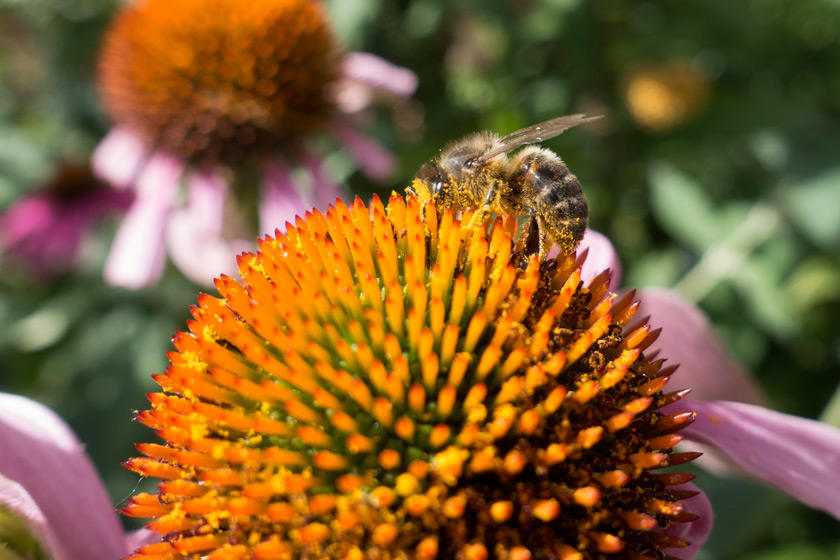
Forget-me-not
Forget-me-nots form a carpet of blue flowers and regularly reseed themselves. The bug you can see in this photo is a bee fly. Not technically a bee but its hairy body carries pollen from plant to plant.
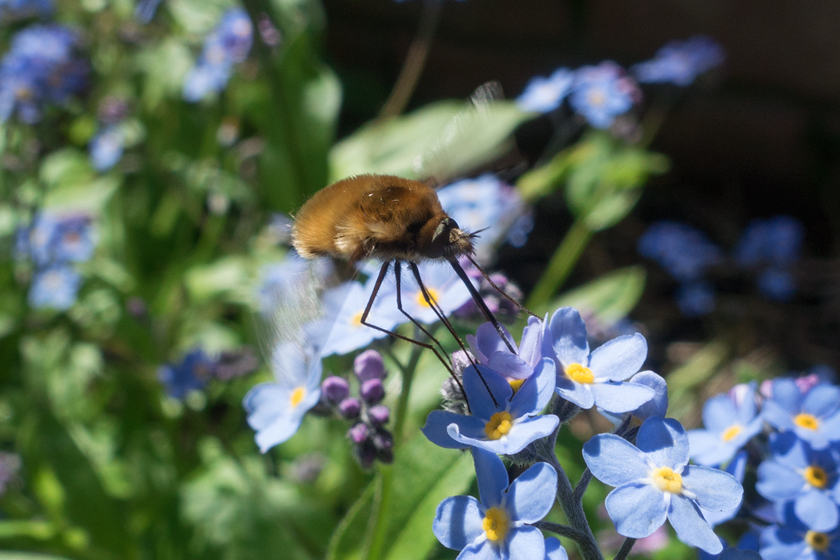
Foxgloves
The large bell shaped flowers make it easy for bees to feed in the wet. Perfect for making slo-mo’s too 🙂
Pulmonaria (early food)
Pulmonaria is one of the first plants to flower in the Spring. They self seed, giving you new plants to dig up and move the following year.
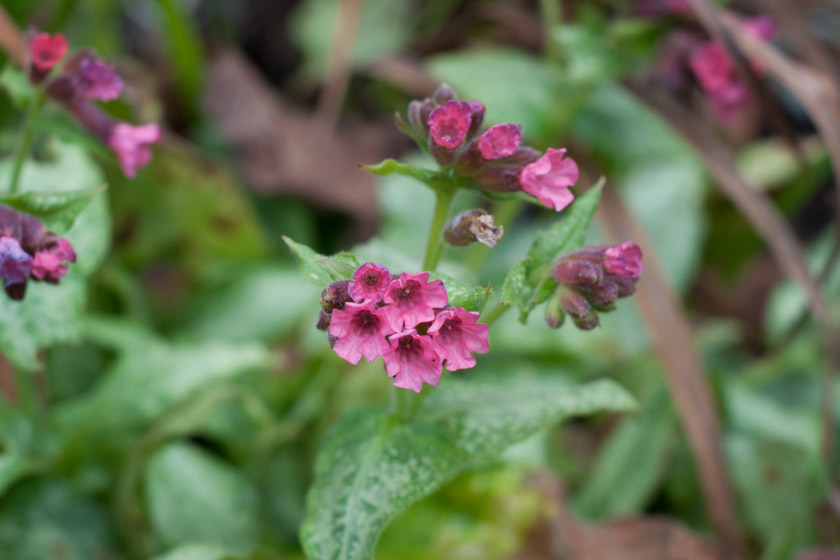
Cowslip
Cowslips are native British wildflowers in serious decline so I like to mention them once in a while to raise awareness. As well as providing nectar in the Spring, they attract bees, moths and butterflies.

Geranium
Geraniums are included in my list because they are one of the best known flowers for pollinators. They run to seed fairly quickly but if you chop all the old heads off they will flower several times during the Summer.
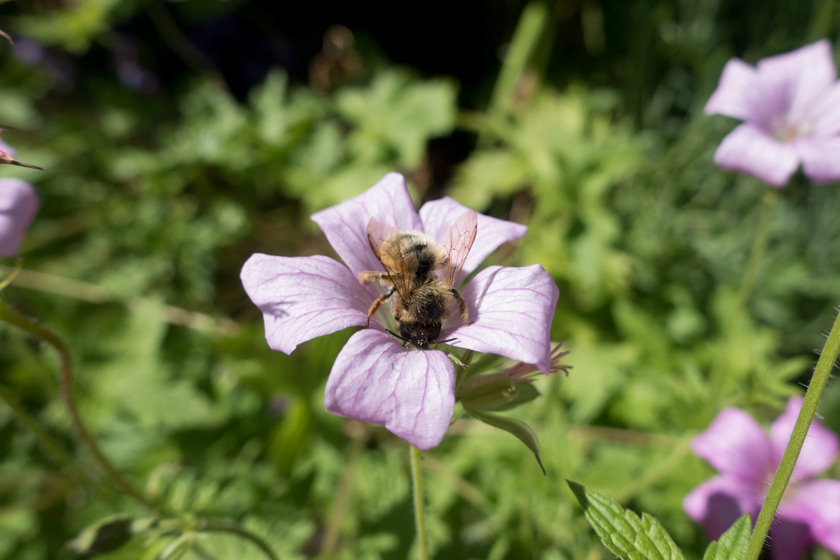
Aquilegia
Aquilegia are also know as Granny’s Bonnet. When it rains, bees crawl up inside the petals and feed without getting their wings wet. Aquilegia self-seeds readily; when the seedlings reach 5cm tall you can dig them up and plant them somewhere else.
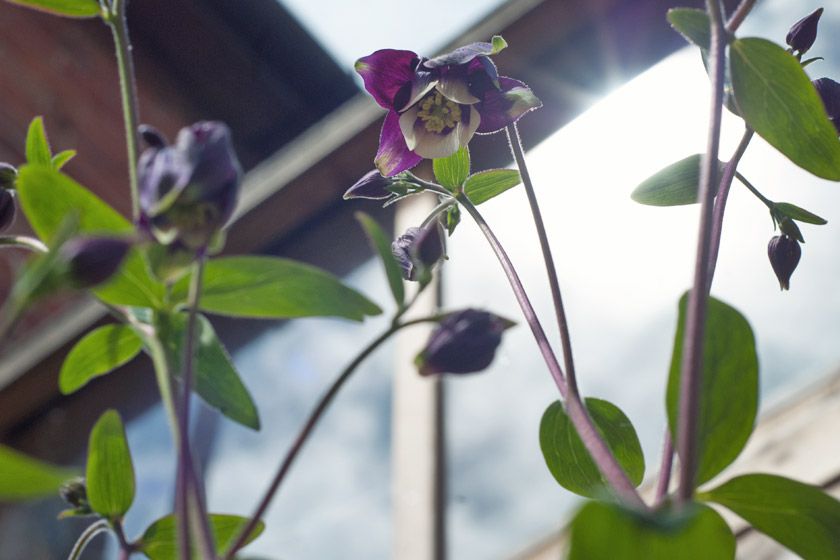
Erysimum
Our Erysimum has flowered continuously for two years. What a trooper! During the Winter it’s not covered in them but new flowers keep appearing.

I have a couple of other recommendations that are better suited to larger gardens because they tend to take over the space they are planted in. These are oxeye daisies, borage and buddleja (we have a dwarf buddleja in our garden which is far less crazy).
If you have any other favourites, let me know in a comment below 🙂

Bees like blue or violet/blue flowers best, also yellow but blue is a safe bet. I plant lavender for the bees!
I didn’t know that but now you mention it, many of the plants in our garden are blue or purple so perhaps that helps. Yes, lavender is another good one too.
Ahhhh! This is the beeeeez kneeeeez!
*runs around the room buzzing*
(may have had too much Red Bull)
Hah, I see what you did there 😉
Bees are the lifeline of the garden, It makes the garden more beautiful. Living away from the crowded place and enjoying the beauty of nature makes you happy.